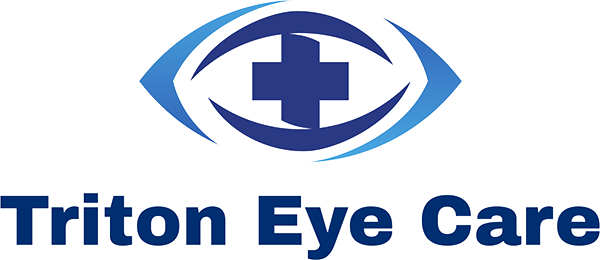Do You Have Dry Eyes?
If you have dry eyes, I am happy to report that our practice has introduced a new in-office procedure for treatment called TearCare.® Three recent studies demonstrated significant reduction of symptoms of dry eye after one treatment with TearCare.® But before discussing the procedure, it is important to answer a basic question: What are tears?
Our tears have three layers. The outermost layer is oil, or more specifically, meibum. The meibum is produced by meibomian glands located in the eyelids. The middle layer of the tears is termed the aqueous, or water layer, and is produced by the lacrimal gland. The third and innermost layer is mucus and is produced by glands on the surface of the eye. The outer two layers, the oil and water layers, have the most influence on dry eye.
86% of dry eye is due to insufficient oil in the tear film secondary to meibomian gland dysfunction. Various factors including age, hormonal changes, and a dry environment alter the consistency of the meibum. While it should normally be like olive oil, instead it becomes thickened with a consistency more like lard. Without a uniform coating of oil, the water layer of the tears evaporates giving symptoms of dry eye, which include burning and grittiness. To combat this, both at home and in-office therapy can be used. Home based therapy includes warm compresses to enhance meibomian gland function, as well as oil (lipid) based artificial tears. A dental analogy to this at-home treatment is brushing your teeth and flossing. However, we still go to the dentist every six months for a deep cleaning. And that is exactly what this new treatment is—a deep cleaning of the meibomian glands.
TearCare® heats the eyelid surface to an exact 113° which achieves an internal eyelid temperature of 106° to melt meibum. The lid-heating elements contain miniature circuit boards that communicate with the control unit to monitor the temperature 240 times per second. The heat treatment is applied for 15 minutes. After treatment, the meibomian glands are gently expressed to clear any remaining obstruction. Here is a graphic of the TearCare® apparatus:

In one of the above-mentioned studies, before treatment, enrolled patients typically rated their soreness, burning, and fatigue as being uncomfortable and their dryness symptoms as bothersome. However, after treatment, the median severity of all these symptoms diminished to a level that was considered tolerable. Overall, patients undergoing TearCare® describe the experience as spa-like.
If you would like to have this treatment performed, please call our office.
TearCare Animated Video from Sight Sciences on Vimeo.


